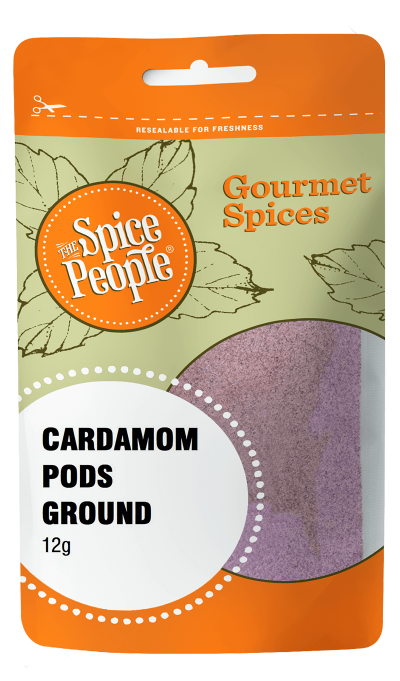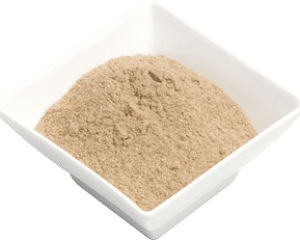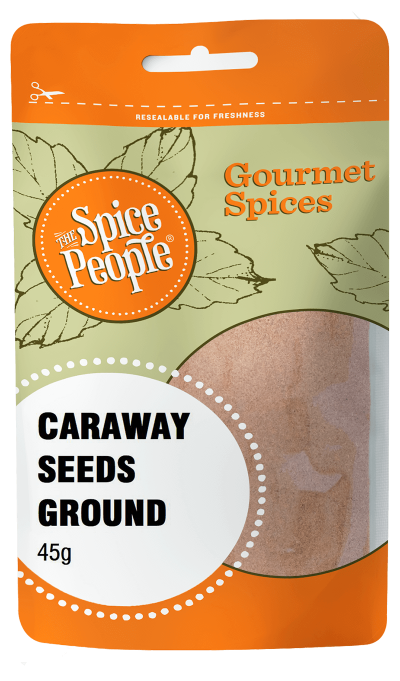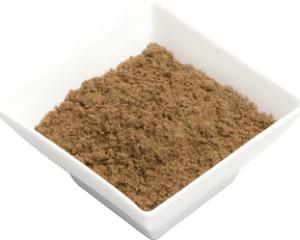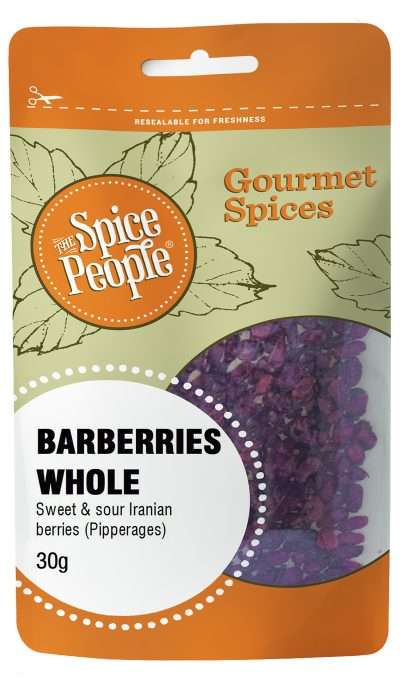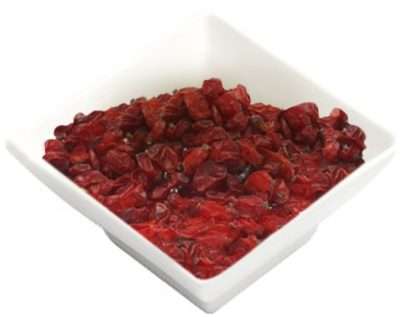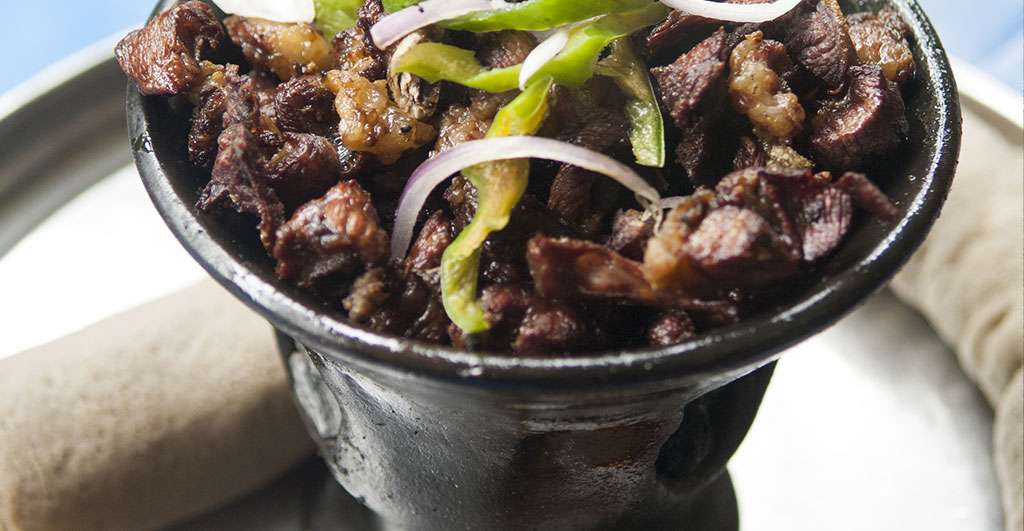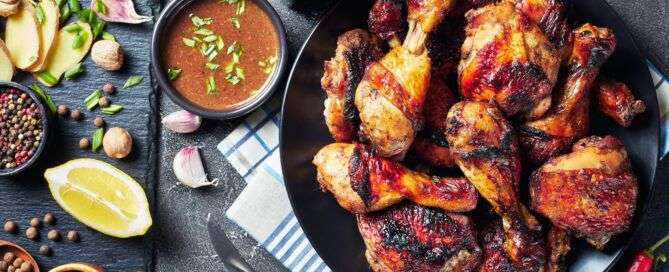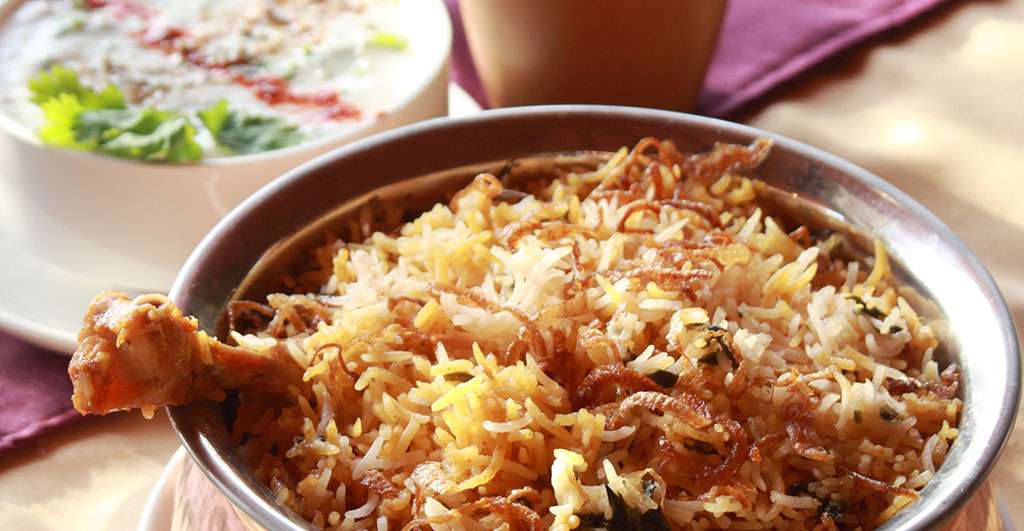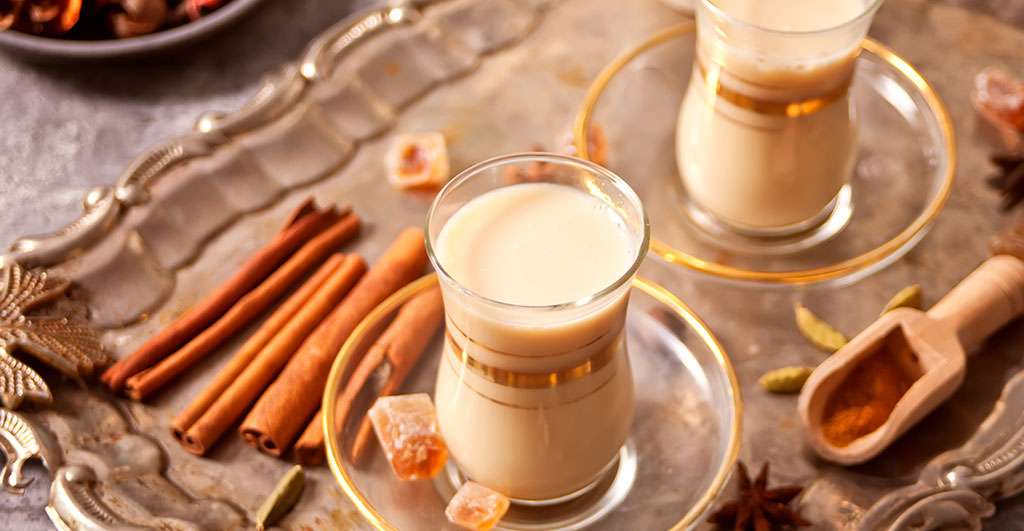Nutmeg Ground – 35g
436 in stock
Product description
Nutmeg is a unique, versatile, and sweet spice. It is the dried, large, and hard seed of a pear-shaped fruit. It is finely ground, has a brown colour, and contains a high oil quantity. Has a warm aromatic flavour that complements a diversity of foods, particularly sweet dishes. Its ground form is generally preferred for baking when a pre-ground powder is more convenient. The Spice People carry these nutmeg products; nutmeg ground and nutmeg whole.
Flavour Notes:
A warm, highly-aromatic sweet spice that’s used to add a spiced warmth to both sweet and savoury dishes. Its flavour and aroma are quite pungent and can be overwhelming, so use sparingly.
Culinary Notes:
Its warm, spiced flavour is particularly suited to rich, creamy dishes like white sauces and gnocchi or sweet things like pumpkin and sweet potato.
Health Benefits:
Nutmeg has many health benefits. It can be used as an aid to digestion and sleep. Also, it can protect the brain against degenerative diseases.
Ingredients:
100% Ground Nutmeg
How to use
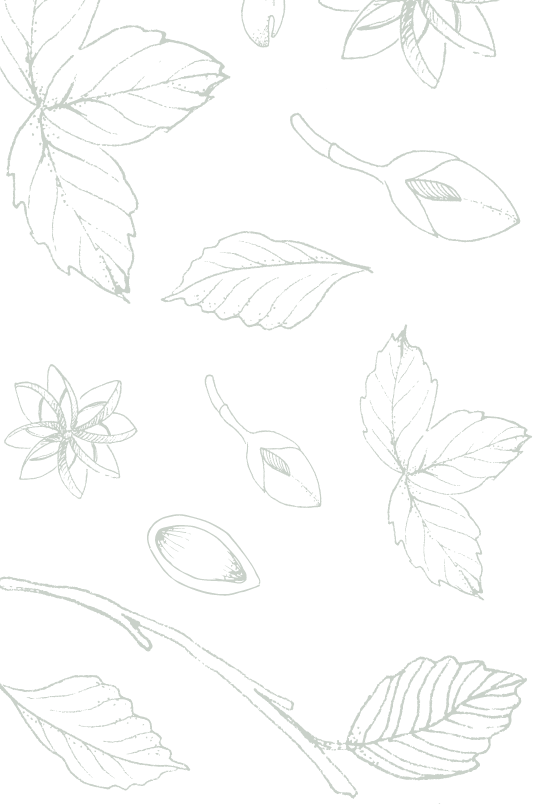
The Spice People FAQs


The Spice People FAQs

Other Spices you may like
Featured in



Join the Spice People to Get Started on Your Culinary Spice Journey!
Be the first to hear about our exclusive promotions, new product releases, recipes and more.






